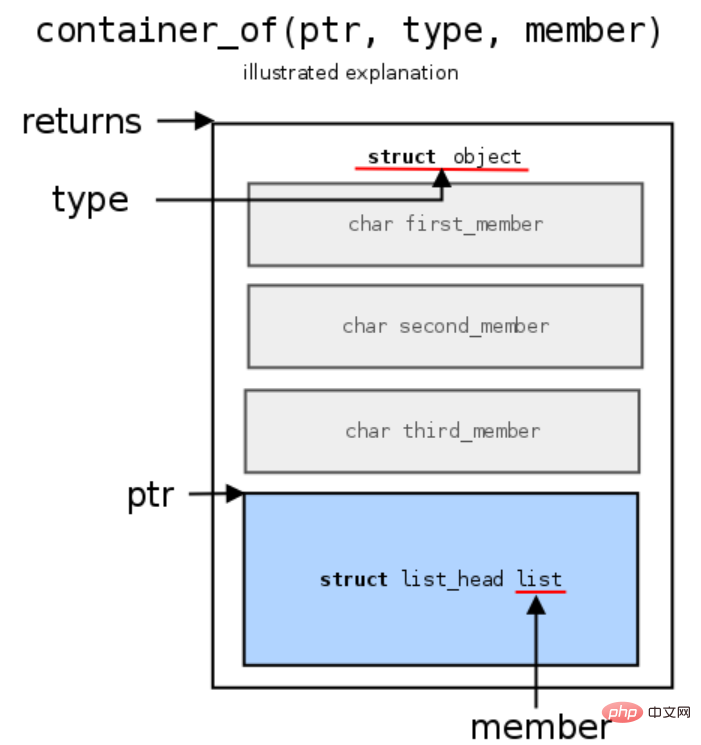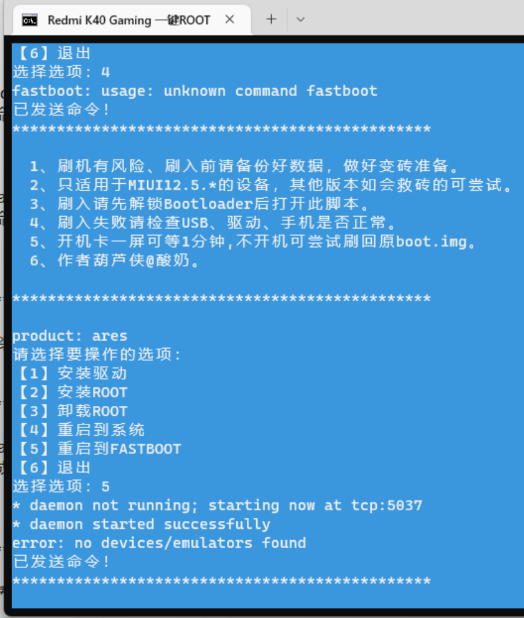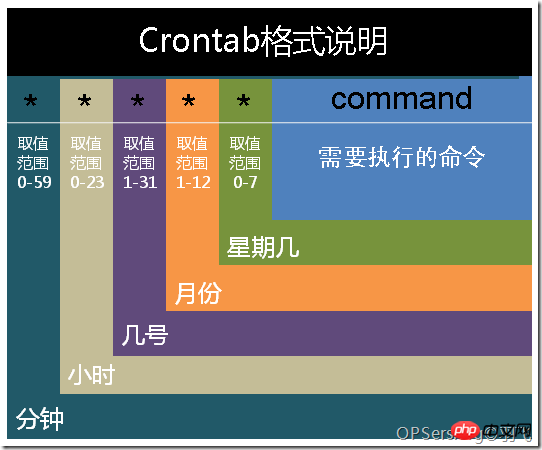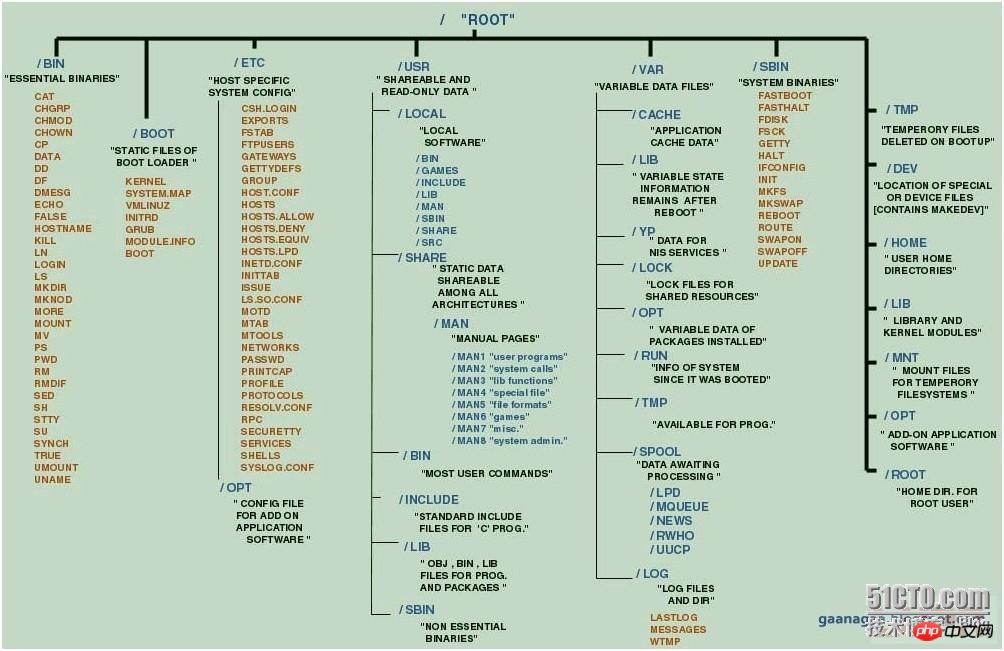linux内核中经常可见container_of的身影,它在实际驱动的编写中也是广泛应用。
container_of原理
作用:通过结构体的某个成员变量地址找到该结构体的首地址。
定义如下:
/** * container_of - cast a member of a structure out to the containing structure * @ptr: the pointer to the member. * @type: the type of the container struct this is embedded in. * @member: the name of the member within the struct. * */ #define container_of(ptr, type, member) ({ const typeof( ((type *)0)->member ) *__mptr = (ptr); (type *)( (char *)__mptr - offsetof(type,member) );})
-
ptr:结构体成员变量的指针 -
type:结构体类型 -
member:结构体成员变量的名字
换句话说,叫:已知结构体type的成员member的地址ptr,求解结构体type的起始地址。
计算公式为:type的起始地址 = ptr -size (size为member的大小)
以一幅图说明ptr、type、member的关系:

-
原理简述:
container_of的妙处就在于以0作为成员变量member的基址。
其中定义了一个中间变量__mptr,”__”代表内部使用,“m”代表middle。
#define offsetof(TYPE, MEMBER) ((size_t) &((TYPE *)0)->MEMBER)
typeof( ((type *)0)->member )是获取member的类型,__mptr = (ptr)判断ptr与member是否为同一类型,offsetof计算成员member的大小size。
驱动中的实际例子
例如内核的pwm驱动,通过成员变量chip,找到结构体bcm2835_pwm:
struct bcm2835_pwm { struct pwm_chip chip; struct device *dev; void __iomem *base; struct clk *clk; }; static inline struct bcm2835_pwm *to_bcm2835_pwm(struct pwm_chip *chip_ptr) { return container_of(chip_ptr, struct bcm2835_pwm, chip); }
使用container_of通常都会定义一个函数,并且命名为to_xxx或者to_find_xxx,代表要找xxx这个结构体,传参则传入成员变量指针,另外函数也会声明为inline。
© 版权声明
文章版权归作者所有,未经允许请勿转载。
THE END
















